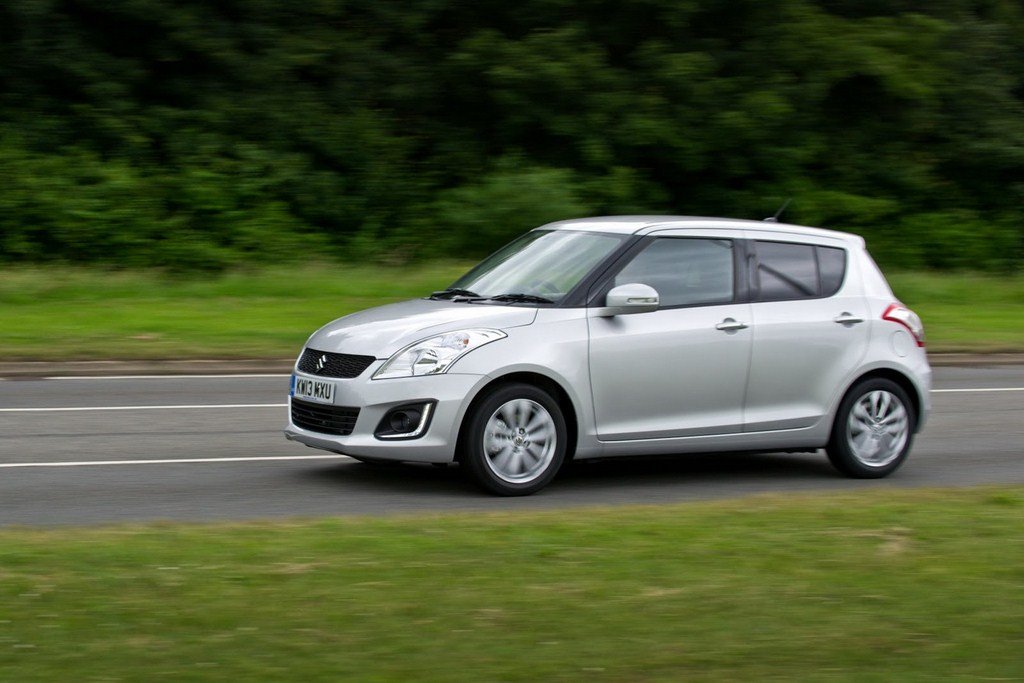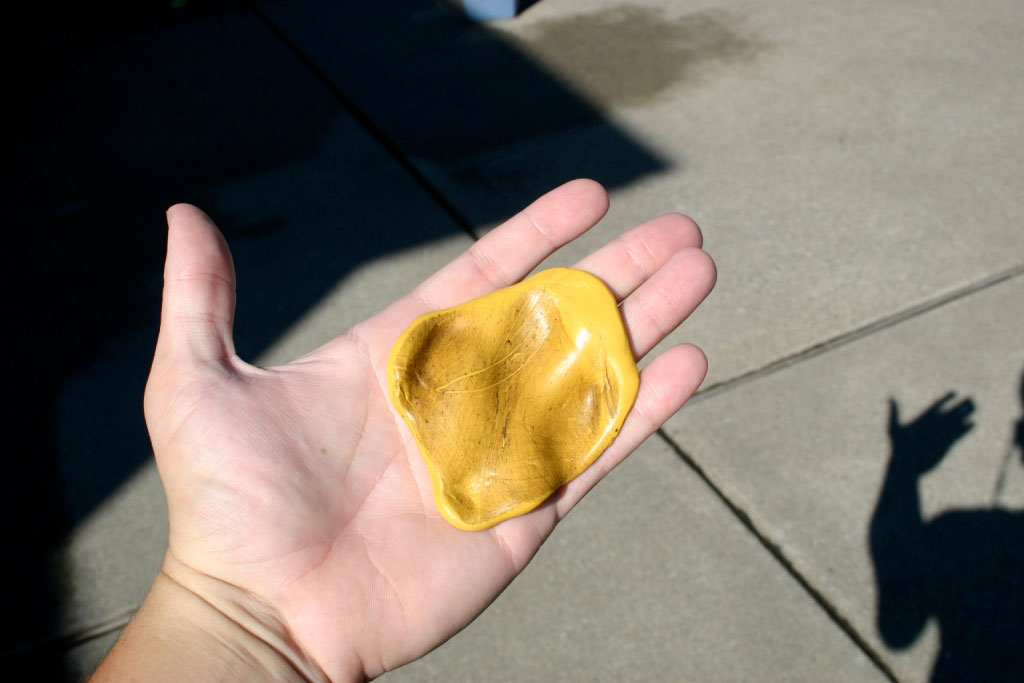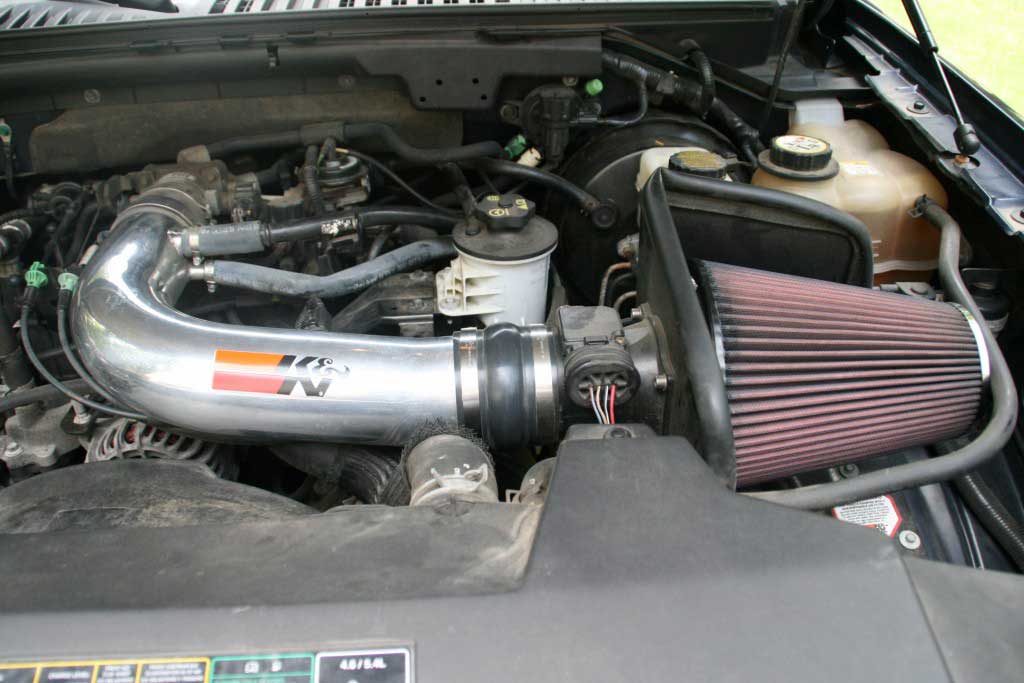You’ve bought a diesel car over petrol to save on your fuel bills but that didn’t even receive exactly the numbers promised by the manufacturer. Most manufacturers’ claim numbers under standard driving conditions which varies from another person’s driving style and technique. However, a little caution and adopting a different driving style will give you that boost in your economy, touching close to the claimed figures you originally intended you would get. With a little more effort you might even do better than the claimed mileage and mind you, some have even boasted achievable figures of 40 km/l in India by following certain guidelines.
Here at 10 steps you may follow to increase maximum efficiency of your diesel car.
Step 1 – Be gentle on the throttle
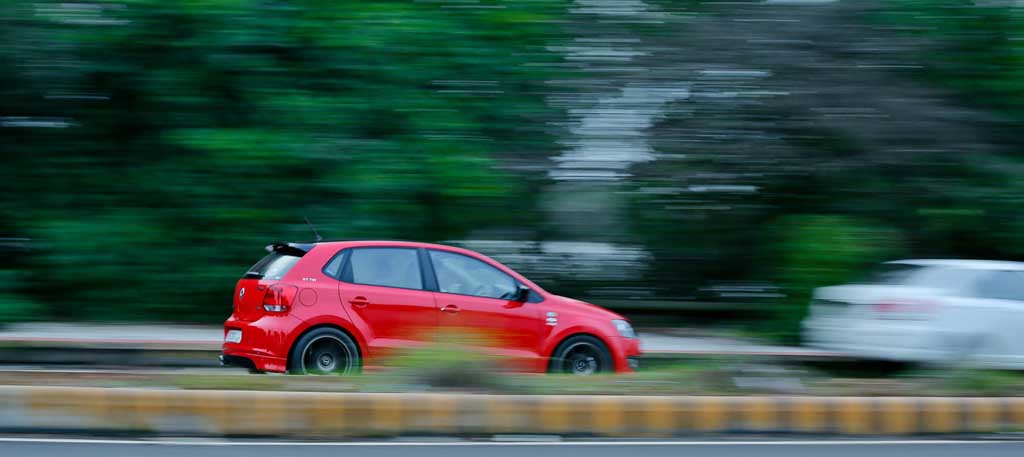
In a diesel engine, the peak power output comes at nearly 4000 RPM, so essentially to reach that point will take a lot of time. So flooring the throttle in a diesel really won’t help you go any quicker especially when starting from standstill, instead will just cause wastage of fuel. Most new diesels come with sensors on the pedal that tell the car’s ECU the pressure applied to the pedal and it accordingly regulates fuel supply to the engine. Take it easy on the signal, you will still take the same time to reach. Ideally, you will need only 20 percent of throttle effort to gain momentum.
Step 2 – Avoid hard braking, use coasting or engine braking instead
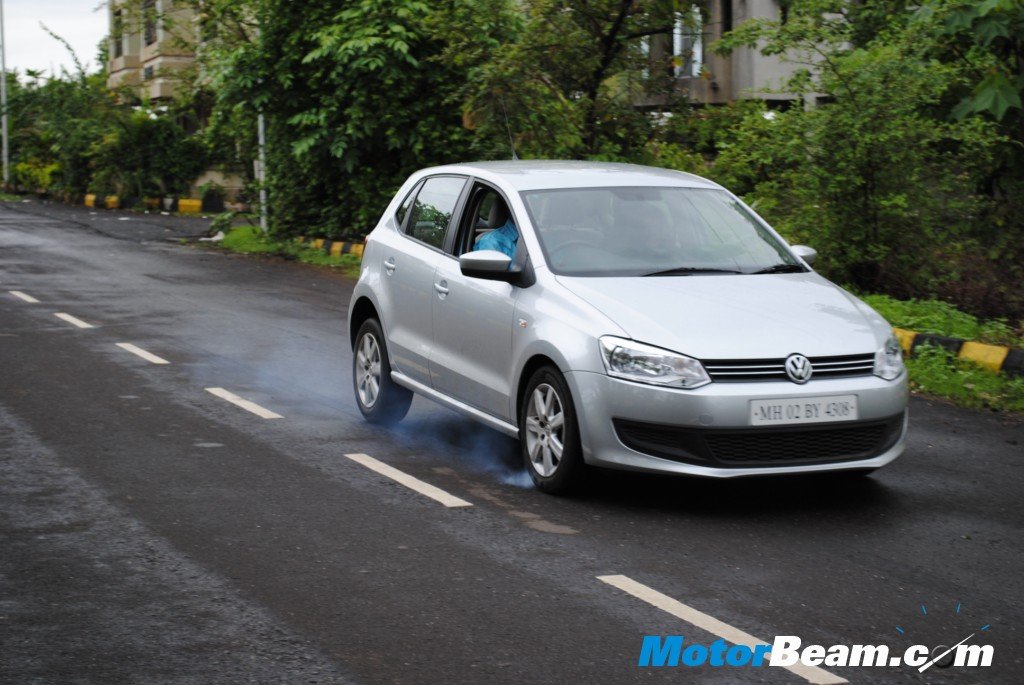
Avoid the use of brakes as much as possible, unless in an emergency. Not only will you save on fuel but also your brake shoes won’t wear out soon. It takes added effort for the engine to regain momentum after a car has come to a complete halt. Instead you can opt for engine braking; instead of applying brakes, remove your foot from the throttle and let the engine brake by itself while the car is in gear. Since your foot is not on the throttle, there will be no fuel supplied to the engine, maximising your fuel efficiency. You can use this technique when approaching a traffic light and can apply the brake when you need to stop the car. Press the clutch completely in the end, so that the car can run in the idle RPM.
Step 3 – Avoid the clutch
Even though it becomes impossible to avoid the use of clutch in bumper to bumper traffic, one can only avoid as much as possible using the clutch. Even worse, stop half clutching in traffic. Let the car move in the first gear. The clutch tends to get over worked in traffic, which is a setback for the fuel economy. Diesel cars can maintain the idle RPM without stalling thanks to the higher torque and will not stall even without the use of the accelerator.
Step 4 – Let the engine warm up
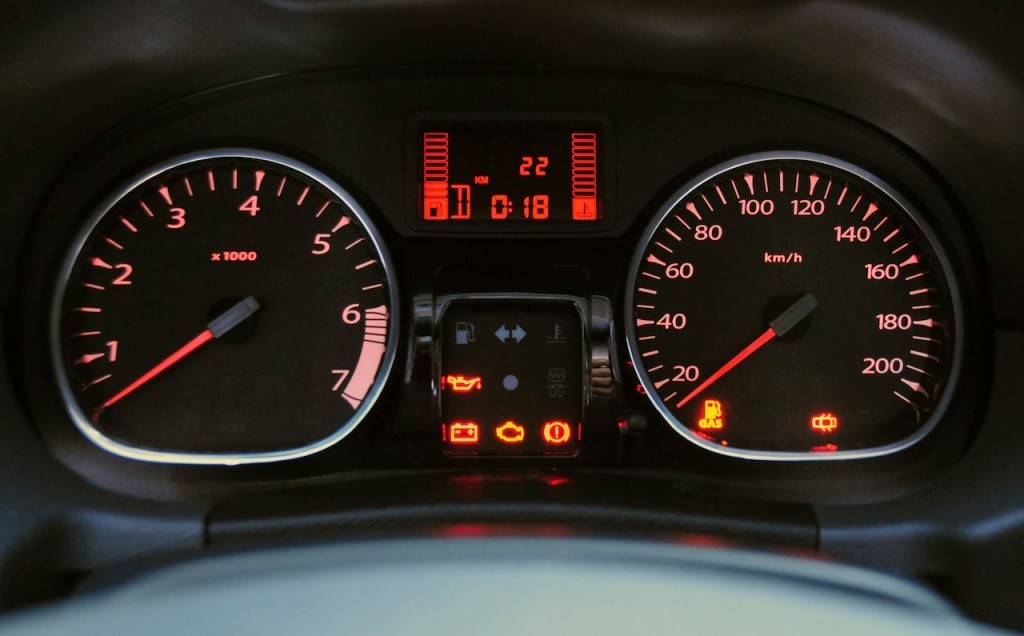
Diesel engines take a lot of time to warm compared to petrol engines. On an average day, it can take up to 7 to 8 kms for the engine for warm up completely. Diesel engines will give you the best efficiency figures when warmed up. So if you feel that you won’t be doing long distances, avoid a diesel car.
Step 5 – Do not idle the car
Compared a petrol car, a diesel engine can be switched off after 10 seconds of idling. The turbo charger in a diesel needs to stop spooling before the engine can be turned off. So if you feel, that it is going to be a long wait, turn off the ignition. Also restrict the use of electronics when the engine off as it will take more power to charge the battery when the car starts back again.
Step 6 – Drive in the ideal rev band
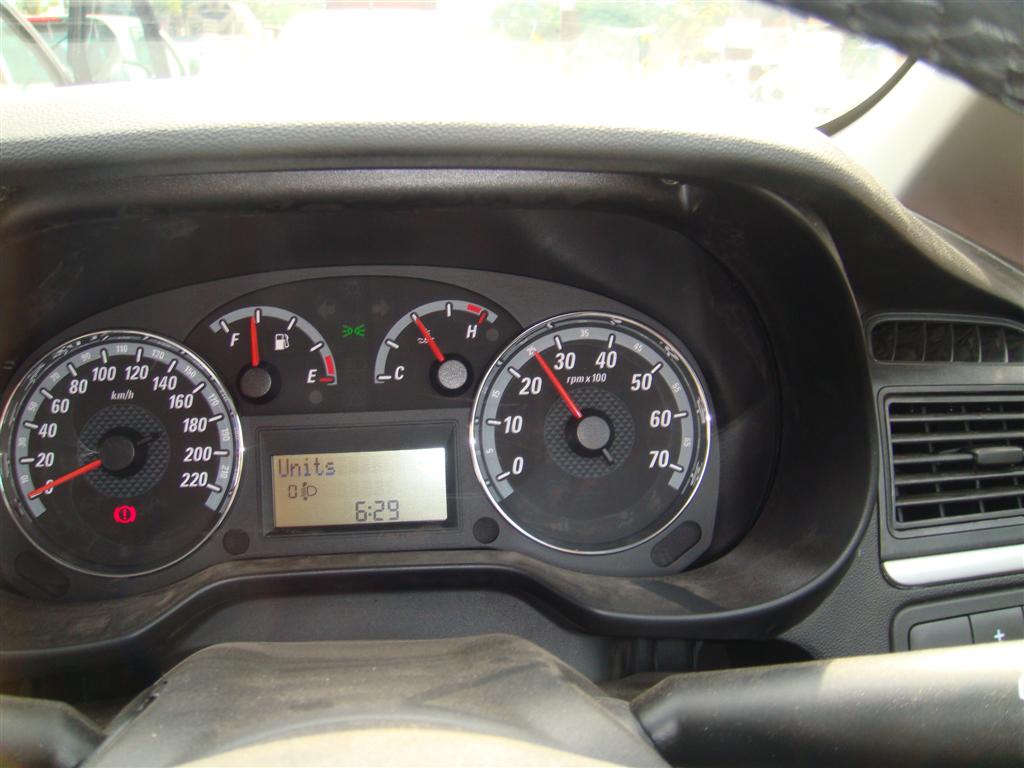 Most diesel engines have the peak torque produced between 2000 – 2500 RPM. Maintaining your RPM at around 2000 RPM will give you the maximum efficiency and will also keep the engine rev happy. Try and quickly up shift to higher gears, so that you can maintain a lower RPM at high speeds. Do make sure that the transmission doesn’t feel strained when the car is at low speeds at a higher gear. Down shift if needed. Newer cars offer gear indicator to help you drive in the right gear to maximize fuel efficiency. Some cars also come with the eco mode that will tell you if you’re driving is fuel friendly or not.
Most diesel engines have the peak torque produced between 2000 – 2500 RPM. Maintaining your RPM at around 2000 RPM will give you the maximum efficiency and will also keep the engine rev happy. Try and quickly up shift to higher gears, so that you can maintain a lower RPM at high speeds. Do make sure that the transmission doesn’t feel strained when the car is at low speeds at a higher gear. Down shift if needed. Newer cars offer gear indicator to help you drive in the right gear to maximize fuel efficiency. Some cars also come with the eco mode that will tell you if you’re driving is fuel friendly or not.
Step 7 – Clean your air filter regularly
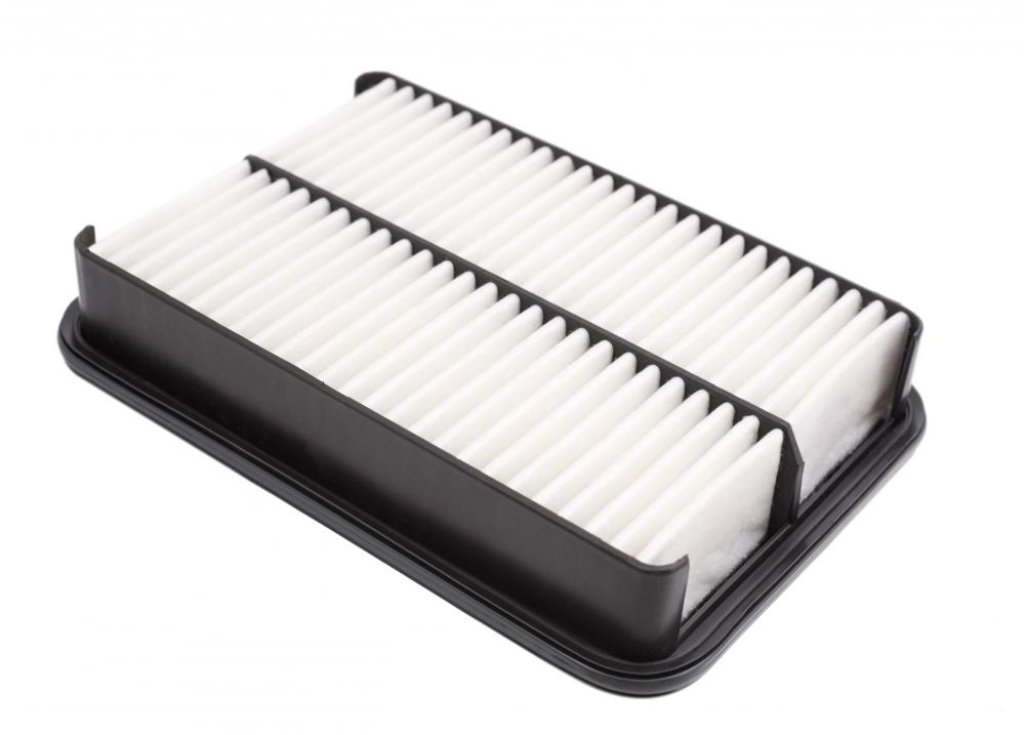
With the amount of pollution and dust in the environment, it is best clean the air filter on a regular basis. Most diesel cars run for long distances and the air filter gets clogged faster, restricting the supply of air to the engine. Thus it is best to get it cleaned on a regular basis. You might even want to replace your air filter if it is too damaged.
Step 8 – Get your diesel serviced

Your manual will tell you when to get your car serviced. Diesel is not refined as petrol is and does not burn cleanly either, thus there is a possibility that there can be sludge in the engine. Get your diesel car serviced at regular intervals recommended by the manufacturer. You need to also get several parts replaced at certain intervals. Faulty parts also add to increased consumption of fuel and will add to the wear and tear of the engine faster. Also maintain the prescribed air pressure in your tyres, under inflated tyres increase fuel consumption.
Step 9 – Plan your route or start early
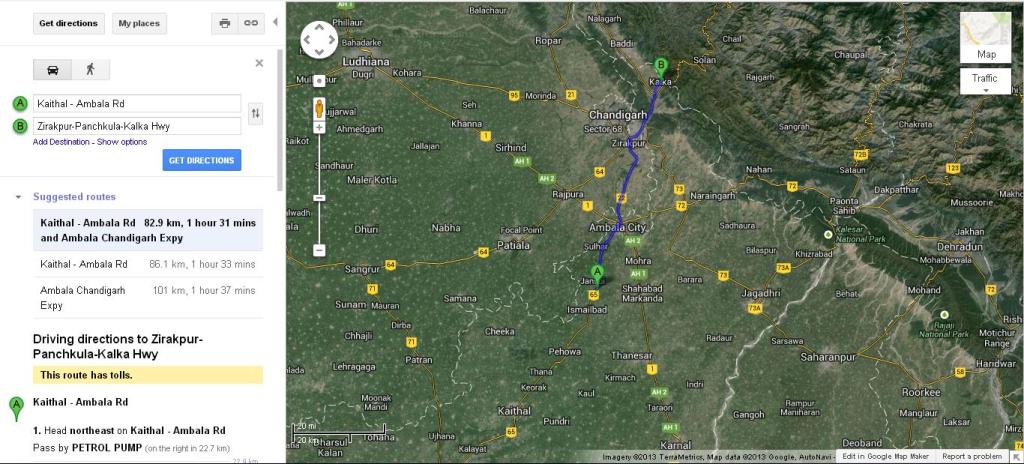
Not only will you save on fuel, you can also avoid traffic jams, lights and other hassles. Starting off early will give you clear roads and you can maintain steady speeds throughout the journey minimizing the use of fuel. Ideally driving between 45 – 55 km/hr in city conditions will give you maximum efficiency. Look for routes to avoid traffic jams, signals and so on. You might want to leave a little late from your office in the evening to get clear roads back home. Club your errands together; avoid taking the diesel out for frequent short trips.
Step 10 – Change your fluids
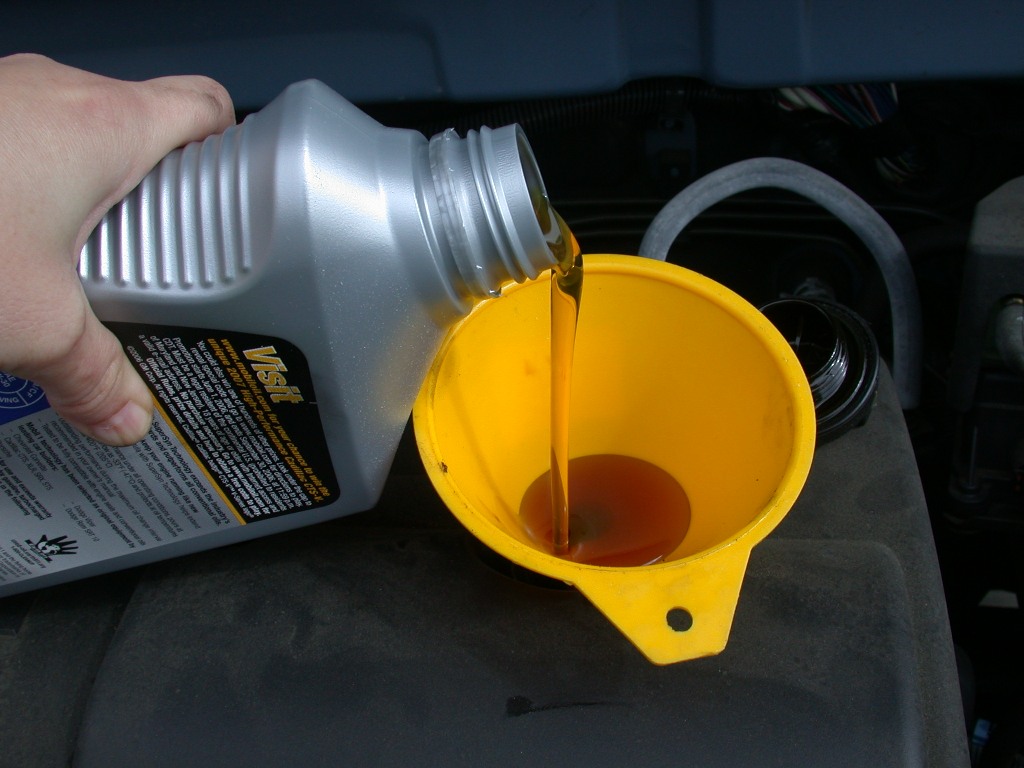
This should be taken care of when the car is being serviced. Your car contains engine oil, coolant, transmission fluid, power steering fluids that need to be changed regularly. It is necessary to make sure that the fluids are changed as a clean engine and a trouble free car will automatically lower the consumption of fuel in your car.
Using these techniques will add a 20 percent increase in your diesel savings, may be even more. If you have any other technique that gives you a good mileage on your diesel car, let us know in the comments below.


